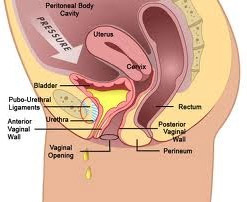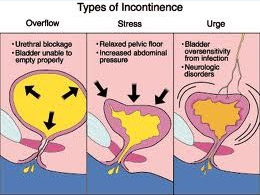Many women have involuntary loss of urine called urinary incontinence (UI). Some women may lose a few drops of urine while running or coughing. Others may feel a strong, sudden urge to urinate just before losing a large amount of urine. The risk of public embarrassment keeps them from enjoying many activities with their family and friends. Urine loss can also occur during sexual activity and cause tremendous emotional distress.

Platelet Rich Plasma (PRP) with or without stem cells can be very effective in improving Urinary Incontinence. It is a simple, relatively painless procedure. It takes less than an hour.
The PRP rejuvenates the nerves, muscles and clitoral/urethral/bladder/vaginal interface. Many patients experience reduction in Urinary Incontinence, improvement and strengthening of orgasmic activity and reduction of pain during intercourse.
Women experience UI twice as often as men. Pregnancy and childbirth, menopause, and the structure of the female urinary tract account for this difference. Both women and men can become incontinent from neurologic injury, birth defects, stroke, multiple sclerosis, and physical problems associated with aging.
Incontinence occurs because of problems with muscles and nerves that help to hold or release urine. The bladder connects to the urethra. When urinating, muscles in the wall of the bladder contract, forcing urine out of the bladder and into the urethra. At the same time, sphincter muscles surrounding the urethra relax, letting urine pass out of the body.
Incontinence will occur if your bladder muscles suddenly contract or the sphincter muscles are not strong enough to hold back urine. Urine may escape with less pressure than usual if the muscles are damaged, causing a change in the position of the bladder. Obesity, which is associated with increased abdominal pressure, can worsen incontinence.

The Wellness & Aesthetics Medical Center
540 Oak Centre Dr, Suite 114
San Antonio, TX 78258
Phone:
(210) 985-1700